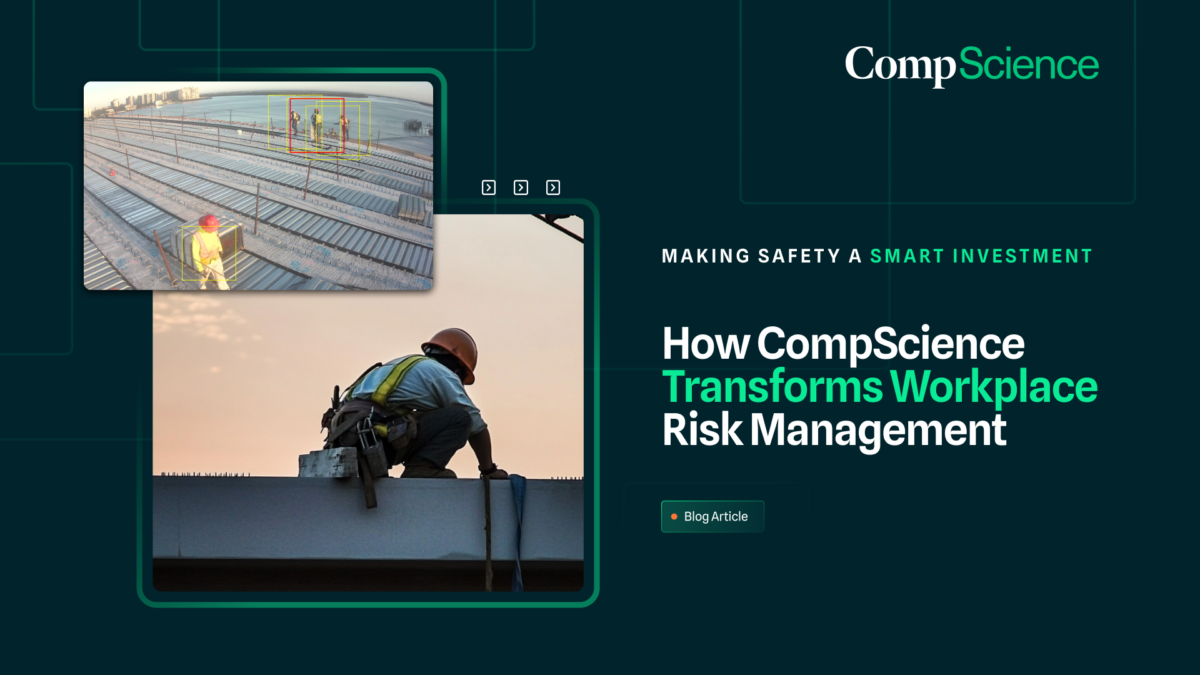Q: How can I make my worklplace safer?
A: There are several things you can do to make your workplace safer:
- Identify and assess potential hazards: The first step to making your workplace safer is to identify potential hazards that can cause harm to you or your colleagues. Conduct a risk assessment to identify potential hazards and evaluate their potential impact.
- Implement safety measures: Once you’ve identified potential hazards, you can implement safety measures to minimize the risk of accidents and injuries. For example, you can install safety guards on machinery, use personal protective equipment, or implement a safety training program.
- Create a safety culture: It’s important to create a culture of safety in your workplace. This means encouraging open communication about safety concerns, promoting safe practices, and recognizing and rewarding safe behavior.
- Stay informed: Stay up-to-date on the latest safety standards and regulations, and regularly review and update your safety procedures to ensure they remain effective.
- Seek professional advice: If you’re unsure about how to make your workplace safer, consider seeking professional advice from a safety consultant or occupational health and safety specialist.
Remember, workplace safety is everyone’s responsibility. By taking proactive steps to predict and prevent workplace accidents – like getting a demo of the Intelligent Safety Platform from CompScience – you can help create a safer workplace for yourself and your colleagues.









